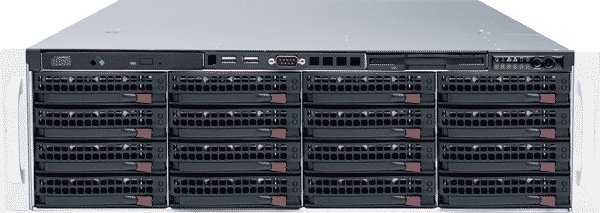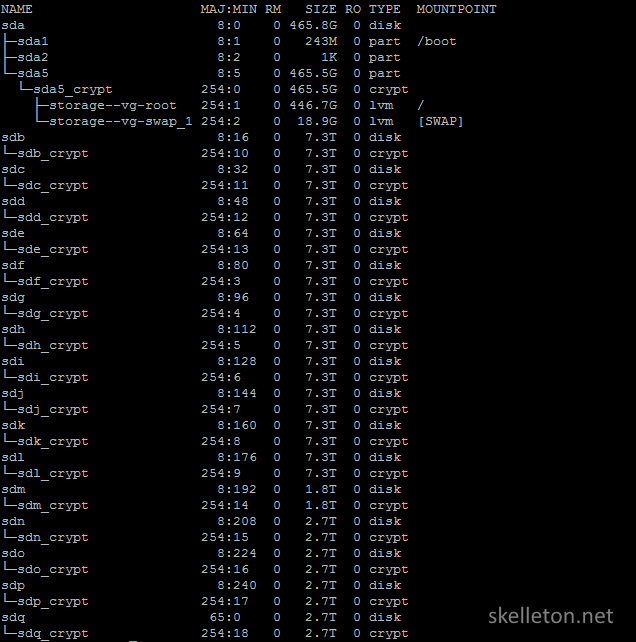Hi at first: awsome job to port ZFS for windows. I really needed this. Now I am trying to install the driver to Windows Server 2012 R2 running in an VMWare ESXi virtual Machine. Besides my interest to (soon) build a ZFS server, I may also consider a windows storage server 2012 machine. I have read pretty cool things about it and there is supposidly some really great improvements and features that are supposed to challenge ZFS. Microsoft Windows Server 2012 R2 with the Hyper-V role, failover cluster, and multipath I/O features. One NIC is used for the cluster heartbeat, one for the management/VM network, and two NICs are used for an iSCSI connection to the Oracle ZFS Storage Appliance through an Oracle ES2-64 10GbE switch.
FreeNAS is the world’s most popular open source storage operating system not only because of its features and ease of use but also what lies beneath the surface: The ZFS file system. With over seven million downloads, FreeNAS has put ZFS onto more systems than any other product or project to date and is used everywhere from homes to enterprises.
But why ZFS?
It wasn't around when this question was posted, but these days, at least for some scenarios and depending on which exact ZFS features you want, on Windows, ReFS might be an alternative to at least look into for new deployments. ReFS is available in Windows Server 2012 and newer. – user Nov 5 '15 at 12:42. Using FlashNAS ZFS Systems with Microsoft Hyper-VServer 2012 and Live Migration Page 5 / 17 Adding Hyper-V Server Role in Windows Server 2012 Step 1: enter the host motherboard BIOS - enable virtualization-related features Step 2: launch the Windows Server 2012 Server Manager Dashboard, and then click Add Roles and Features.

FreeNAS uses ZFS because it is an enterprise-ready open source file system and volume manager with unprecedented flexibility and an uncompromising commitment to data integrity. ZFS is a truly next-generation file system that eliminates most, if not all of the shortcomings found in legacy file systems and hardware RAID devices. Once you go ZFS, you will never want to go back.
Zfs On Windows
Unprecedented Flexibility

ZFS helps you avoid most storage planning mistakes by pooling together the blocks provided by all of your disks and allowing you to divide the available space into highly-configurable file systems. ZFS includes the permissions and quotas of traditional file systems but also includes transparent compression levels, capacity reservations, and clonable snapshots. Of these features, snapshots will probably be the one that forever changes the way you think about storage. Imagine if you could bring “what if?” style experimentation to your storage.
Can Windows Read Zfs
Uncompromising Data Integrity
Unprecedented flexibility is pointless without dependability. ZFS is uncompromising about data integrity and data redundancy. ZFS creates a chain of trust for your data by checksumming data when it is written and verifying the checksums when it is read. It even checksums the metadata that describes the file system and allows you to periodically verify all checksums to determine if your infrequently-used data or backups are suffering silent data corruption a.k.a. “bit rot”. By taking these precautions, ZFS will never return you corrupt data from disk.
Knowing your data is intact is one thing but combating disk unreliability is quite another. ZFS can maintain data redundancy through a sophisticated system of multiple disk strategies. These strategies include mirroring and the striping of mirrors equvalent to traditional RAID 1 and 10 arrays but also includes “RaidZ” configurations that tolerate the failure of one, two or three member disks of a given set of member disks.
Zfs Windows Server

Find out more about ZFS in the Michael W. Lucas and Allan Jude webinar: “Why We Love ZFS and Why You Should Too” and check out their book at zfsbook.com.
